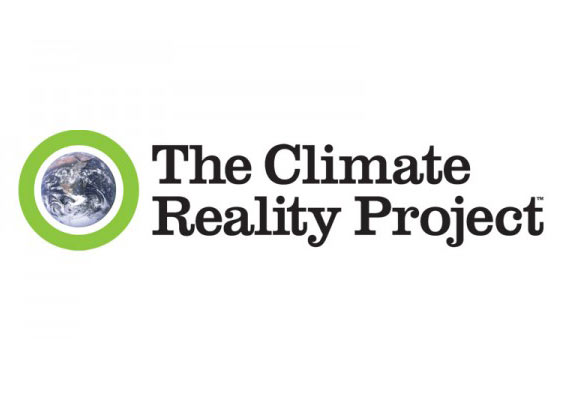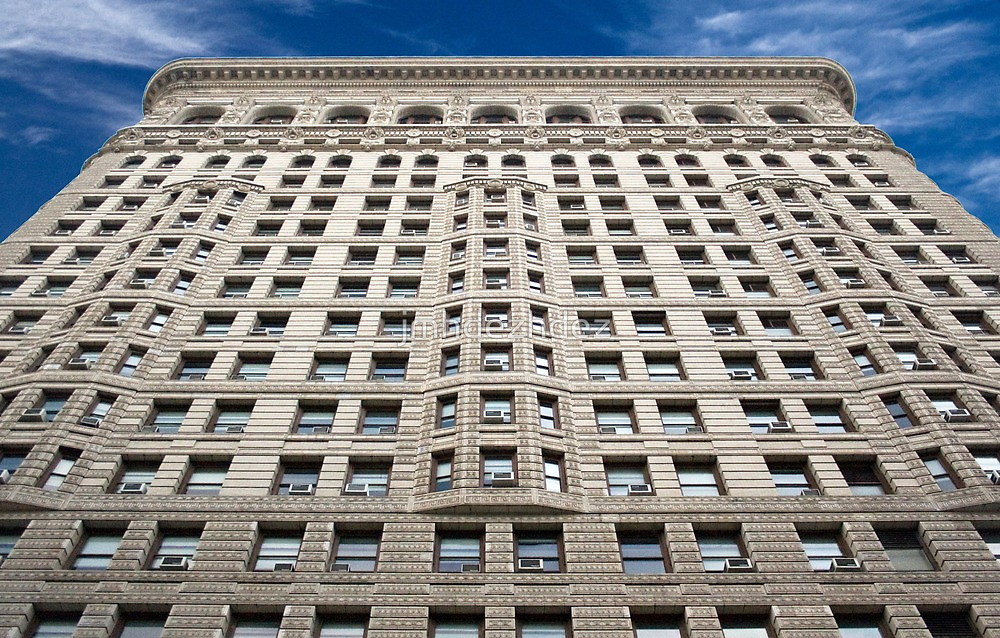In December 2015, the Rocky Mountain Institute (RMI) made news when they unveiled their new Innovation Center in Basalt, Colorado. As a sustainability and energy efficiency non-profit, RMI sought to inspire and drive the industry by constructing a deep green building that achieves net zero energy and has no central heating and cooling system.
The RMI Innovation Center redefines thermal comfort through passive and integrative design. They outline 5 steps they used to achieve thermal comfort through design and science:
- Target all six variables in the thermal comfort formula known as the predicted mean vote (PMV): temperature, humidity, activity, clothing, air velocity, mean radiant temperature (the average of all surface temperatures in the room).
- Focus first on reducing loads with passive design such as higher insulated windows
- Target personal comfort solutions since each individual will be affected by many variables
- Build an integrated project team with clear, consistent documentation
- Openly discuss and manage risks and contingency plans
“The Innovation Center is not about technology, but about design. This building achieves beyond net-zero energy because we have gotten better at choosing and combining technologies to maximize building performance.” –Amory Lovins (Chairman/Chief Scientist, RMI)
To read the RMI blog in more detail, see: http://blog.rmi.org/blog_2016_05_10_top_5_steps_to_redefining_thermal_comfort
Resources:
http://www.rmi.org/innovationcenter
http://www.aspentimes.com/news/20040641-113/rmis-future-is-now-with-innovation-center-in











